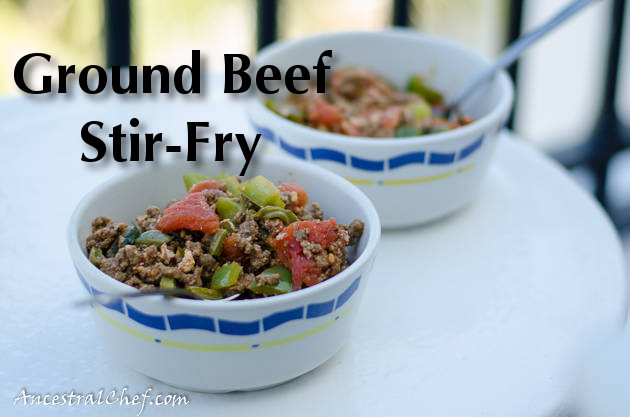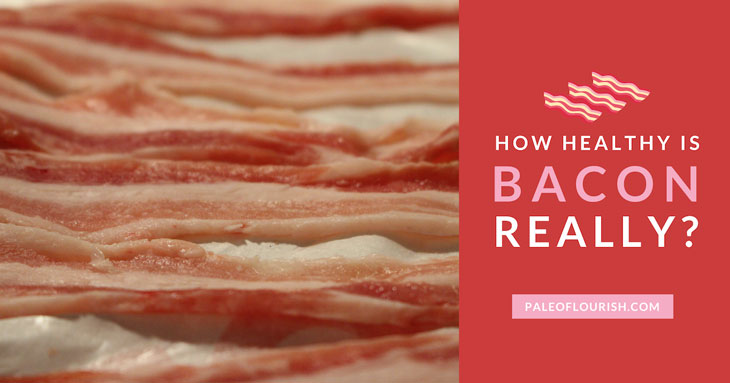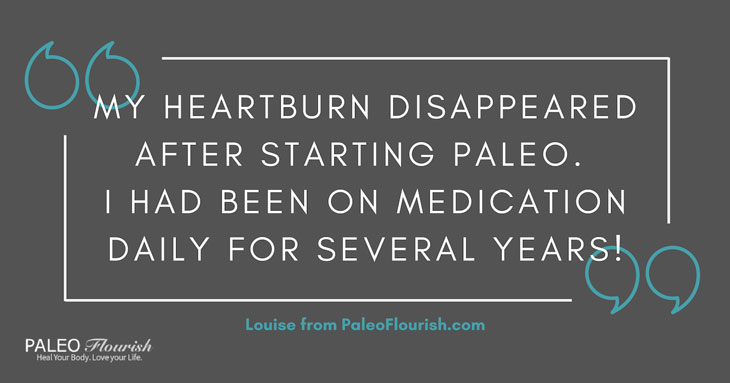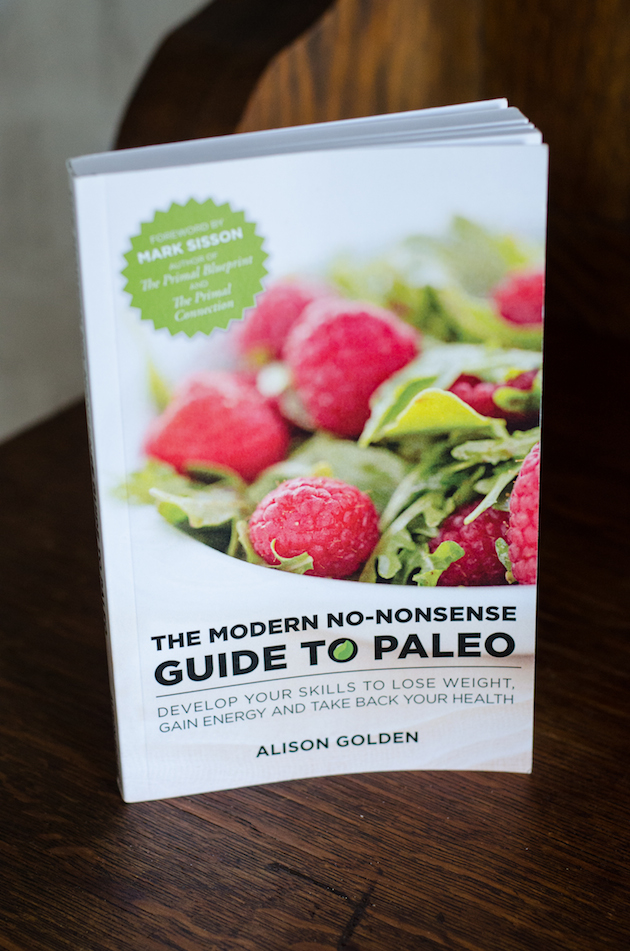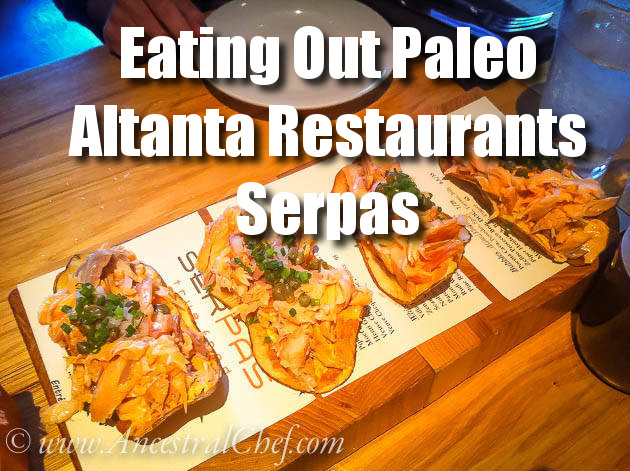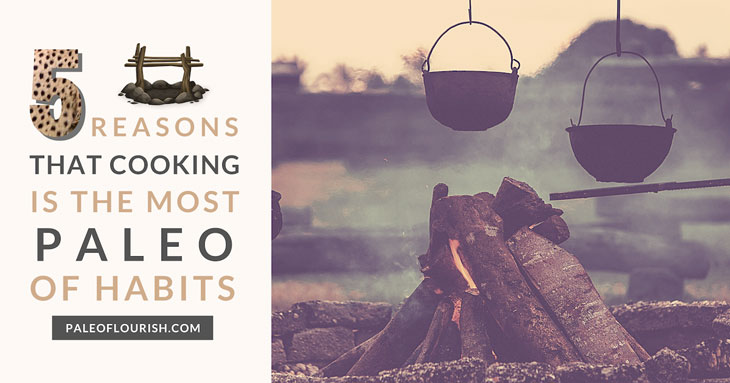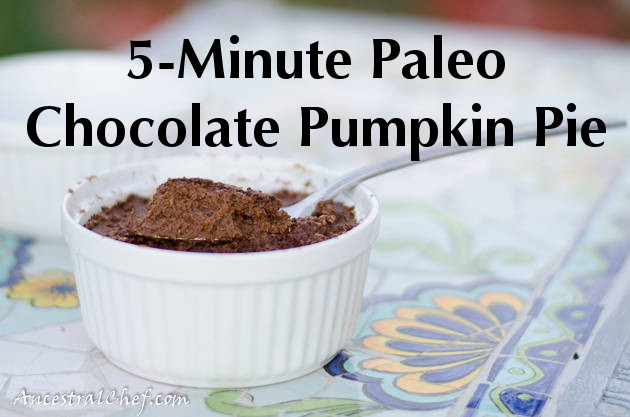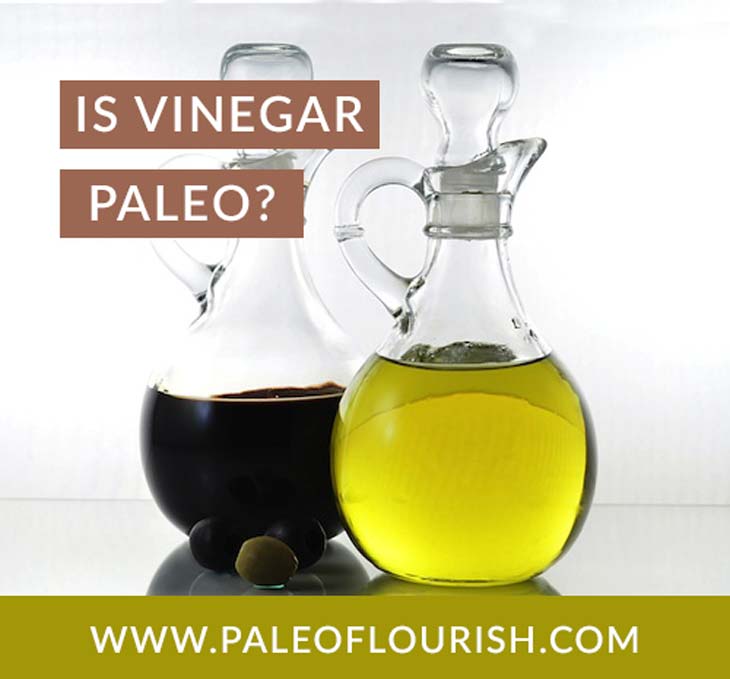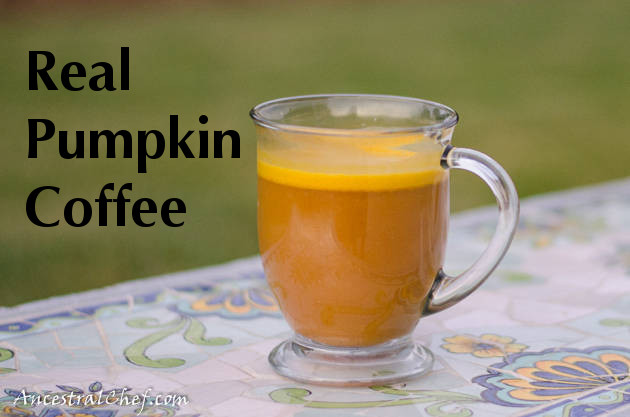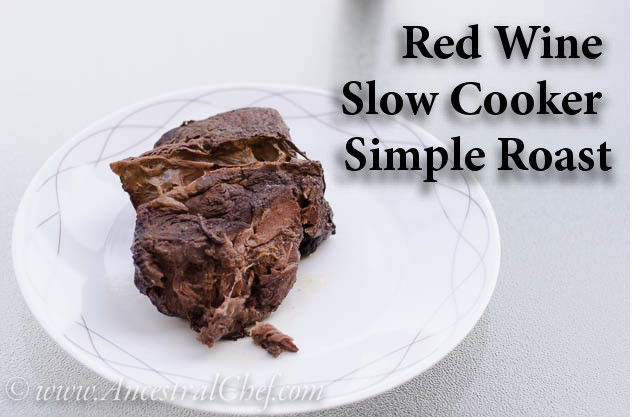You might have seen coconut oil sold many places or mentioned on websites and wondered what the heck you should be using it for.
Well, I used to think coconut oil was just for cooking until my friend pointed out that her grandmother had used it as a hair product forever. Of course, from then on, I started encountering different uses for coconut oil everywhere – I even read about it being used as a sun-burn cream in one of F. Scott Fitzgerald’s books (you know, the guy that wrote The Great Gatsby and The Curious Case of Benjamin Button).
So, to help you start using coconut oil, here are 67 of my favorite uses – and to prove I’m not making all this up, I’ve provided links to some excellent skin care recipes, food recipes, as well as scientific studies and testimonials.
Now, go get yourself a jar of coconut oil and start using it!
And if you’re looking for even more info – here’s 9 ‘Secrets’ Why You Should ALWAYS Eat Coconut Oil.
1. To cook with instead of vegetable or seed oils. Coconut oil naturally has a high smoking point, is highly stable due to its high saturated fat content, and imparts very little “coconut” flavor to your foods. I use it to cook pretty much everything – check my recipes if you don’t believe me!
2. In your coffee/tea instead of creamer. Yes – that’s right, use coconut oil, not coconut milk! In case you’re confused about this, here’s my video showing you exactly how to make it.
3. To wash your face with instead of soap. It sounds strange, but oil washes impurities out better than soap and it doesn’t dry your skin! It takes a week to get used to it – the skin on your face is so used to being dried out by soap and facial cleansers that it’s producing extra oil to counteract it. So, it’ll take a little bit of time for your skin to stop producing all that extra oil. Be patient – it’s worth it!
4. To brush your teeth with. Coconut oil has many antimicrobial properties which can make it good at killing off bacterial in your mouth. To make your own toothpaste, simply add 2 Tablespoons of coconut oil (melt it in the microwave very briefly so that it’s softened) to 2-3 Tablespoons of baking soda. Mix to form a paste and spread on your toothbrush. (The baking soda whitens your teeth.)
Here’s my video of a coconut and olive oil blend toothpaste recipe.
5. For oil pulling. This is similar to the previous use in that it helps with oral hygiene. Oil pulling has long been a popular practice in India and with Ayurvedic practitioners. It involves swishing oil around your mouth for 20 minutes before spitting it out. The idea behind the practice is to remove bacteria from your teeth and mouth, which can then alleviate various other illnesses (including arthritis and fatigue). This practice has enjoyed renewed attention in recent years due to Bruce Fife’s popular book, Pulling Therapy.
6. As a body moisturizer. Our skin absorbs whatever creams we put on it (think of all the topical pain relief medications that work because it gets absorbed through our skin). So, instead of pumping random chemicals from your moisturizers into your skin, many people (including myself) choose to use coconut oil instead. I like to use it at the end of my shower so that it’s more easily absorbed and before my skin has had a chance to dry out.
7. As a sun-screen. This is not a high SPF sunscreen, but a 2013 study found that coconut oil absorbs 20% in the UVB region (this equates to something under SPF 10 – there’s disagreement as to the exact number). So definitely use other forms of natural sun-protection when you’re out.
8.As a hair conditioner. I started using coconut oil as a hair conditioner a while ago, coupling it with diluted apple cider vinegar as the “shampoo.” Don’t use too much and just rub it on the ends of your hair so you don’t end up with oily hair!
9. As a supplement. It’s suggested that taking coconut oil as a supplement can help with weight loss and increase your “good” cholesterol. I think it’s just good in general – it’s not a magic pill!
10. As a massage oil. Coconut oil doesn’t get absorbed into your skin quickly, which ensures your skin stays slippery for longer thereby making it perfect for you to enjoin a long massage!
11. To reduce scars. I’ve never tried this myself – but some people seem to have had great success with it.
12. To treat lice. Apply it to your hair. There have been studies showing it is effective.
Continue reading

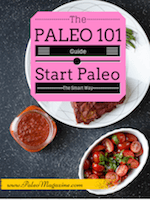
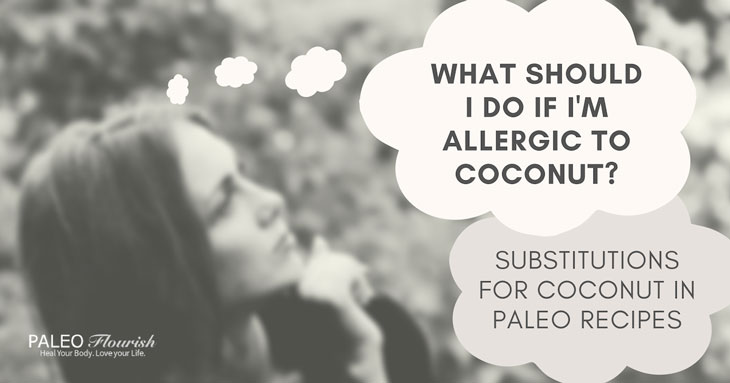
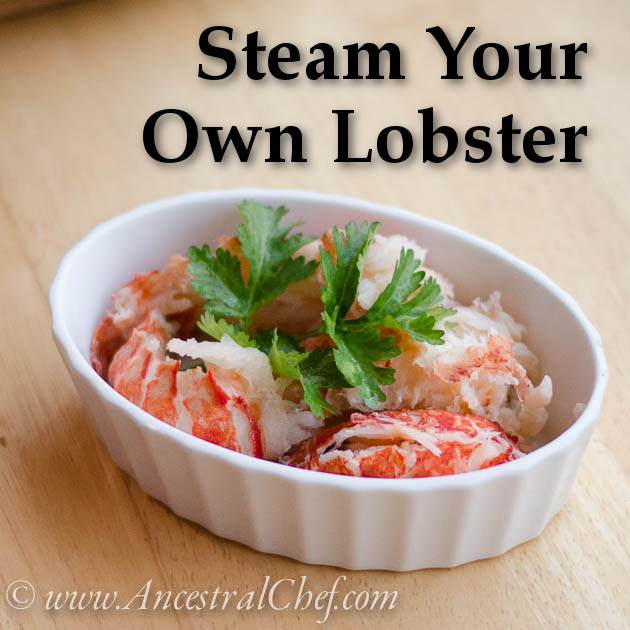
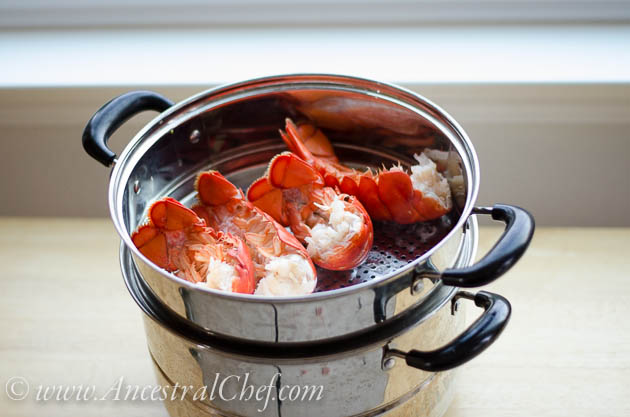
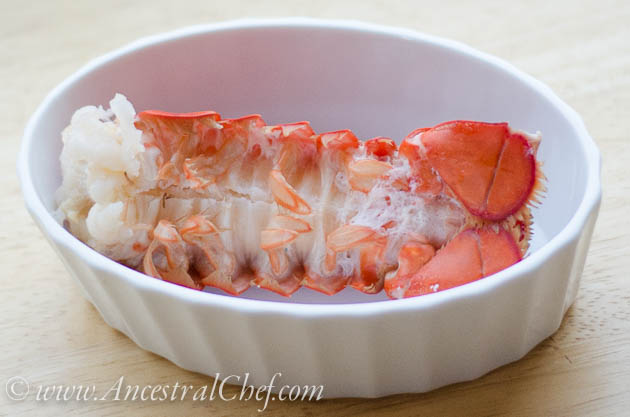
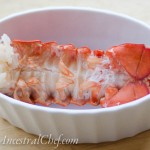
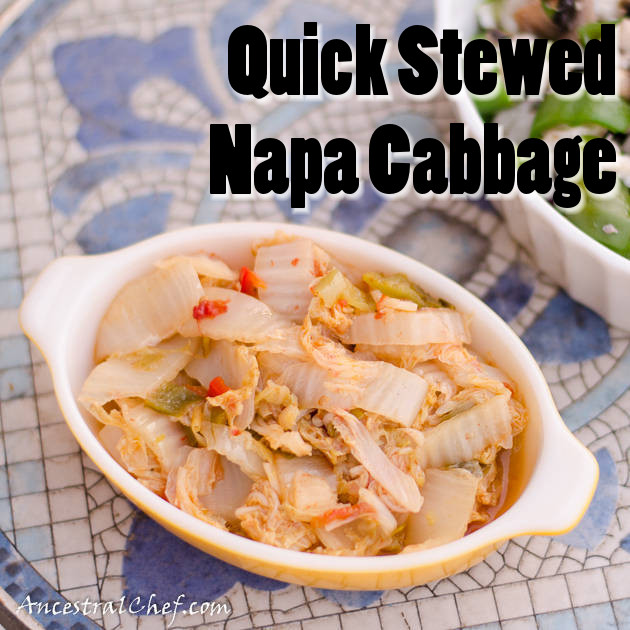
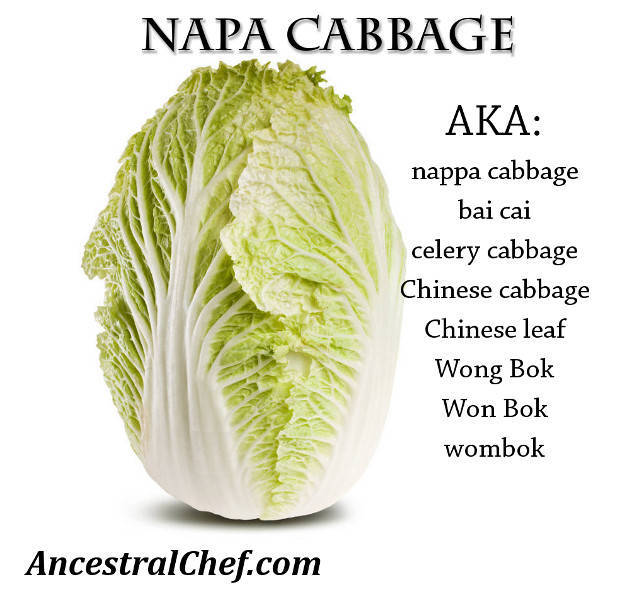
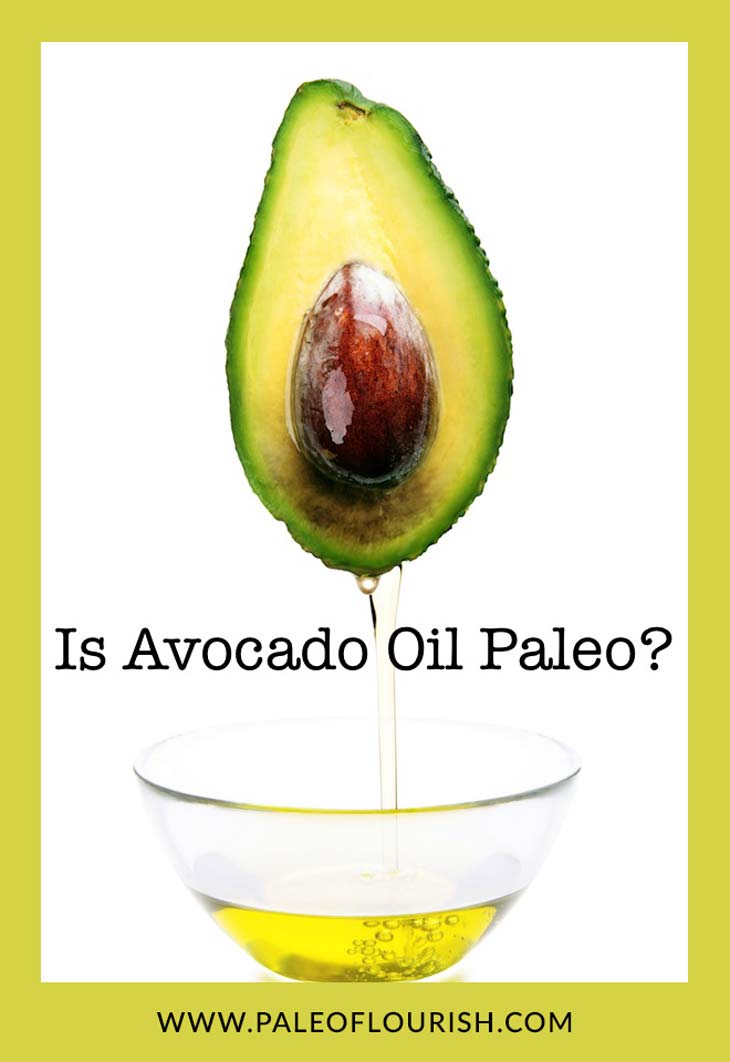
 For most food purposes, cold press techniques are now employed by most producers. This often involves putting large amounts of pressure on the avocado flesh to separate the oil from the water and the solids. However, it’s not a very high production process, which is why there are
For most food purposes, cold press techniques are now employed by most producers. This often involves putting large amounts of pressure on the avocado flesh to separate the oil from the water and the solids. However, it’s not a very high production process, which is why there are 